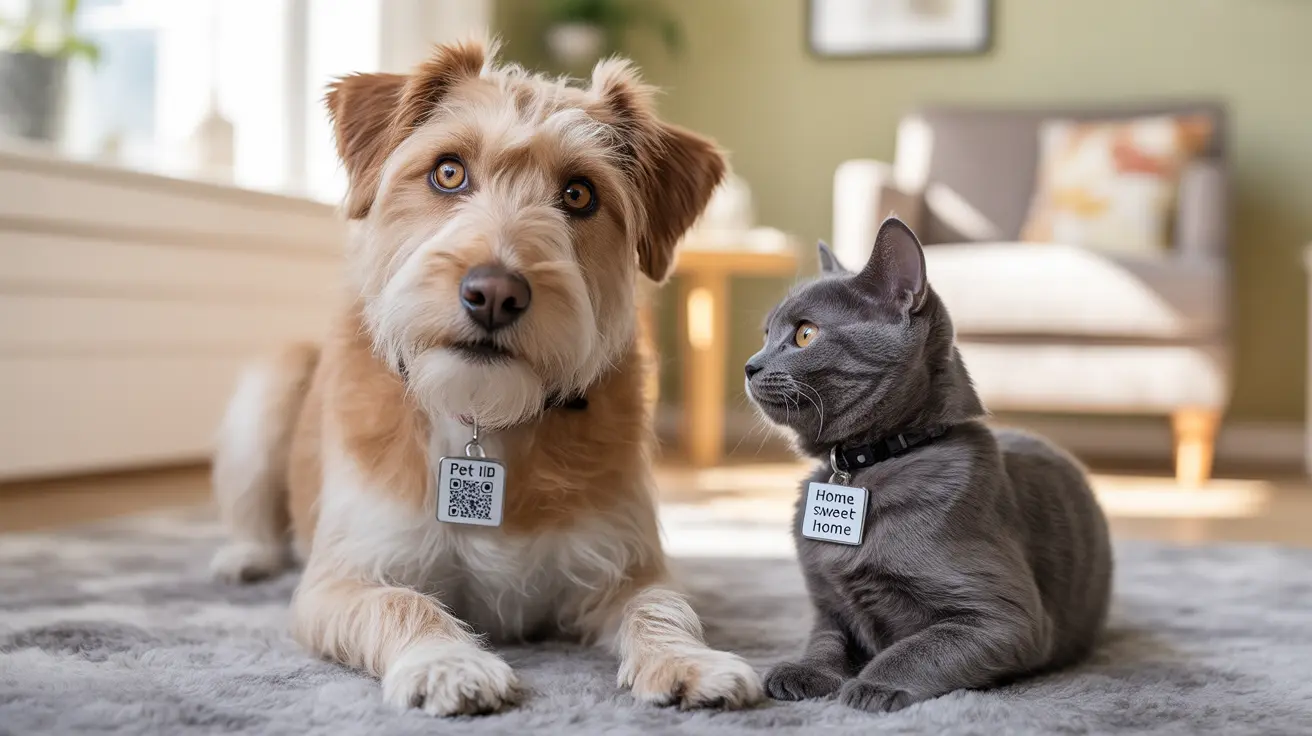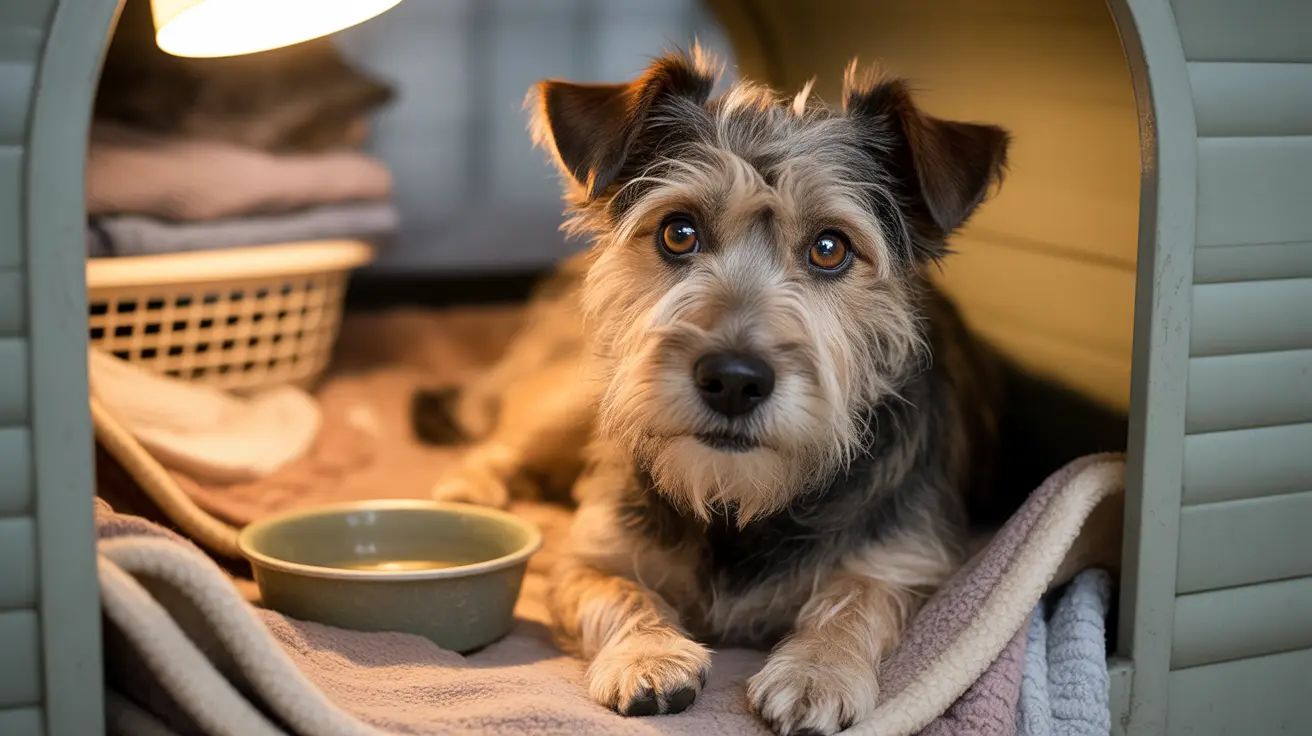Can Litter Cause Cats to Sneeze? Understanding the Link
Cat sneezing is a common phenomenon and is usually caused by minor irritants. However, persistent sneezing can signal underlying issues, and among potential culprits is your cat's litter. Understanding how litter can make your cat sneeze is essential for responsible pet ownership.
How Litter Triggers Sneezing
Cats have highly sensitive nasal passages. Certain types of litter, especially those with fine dust or strong fragrances, can act as irritants and cause your cat to sneeze.
- Clay Litter: Traditional clay litter often produces fine dust that cats inhale when digging, leading to sneezing fits.
- Scented Litter: Added fragrances, though appealing to owners, can be overwhelming for cats and cause nasal irritation.
- Silica-based Litters: Some silica litters emit particulates when poured or disturbed, possibly irritating cats’ airways.
- Improper Ventilation: A poorly ventilated litter area can trap dust and odors, concentrating irritants in a small space.
Is Sneezing Always Due to Litter?
While litter can be a direct irritant, it’s important to rule out other causes:
- Upper Respiratory Infections: Common viruses like feline herpesvirus or calicivirus often cause sneezing, nasal discharge, and lethargy.
- Environmental Allergens: Pollen, mold, and cigarette smoke can all lead to sneezing, as can perfumes and cleaning agents.
- Foreign Objects: Inhaled plant material or lint can lodge in nasal passages and cause sudden sneezing.
- Dental Issues: Infections in the upper teeth can affect the sinuses and result in sneezing after eating.
- Nasal Growths: Polyps or tumors in the nasal cavity may cause chronic sneezing and discharge.
When to Be Concerned
If your cat's sneezing is more than occasional or comes with other symptoms, veterinary evaluation is strongly advised. Look out for:
- Persistent sneezing
- Nasal discharge (clear, yellow, green, or bloody)
- Eye discharge, redness, coughing or wheezing
- Loss of appetite and lethargy
- Weight loss and bad breath
- Pawing at the face or difficulty breathing
Diagnosing the Cause
Your veterinarian may recommend different diagnostic tests depending on clinical signs:
- Physical Examination: To assess nasal inflammation and overall condition.
- Environmental Evaluation: Reviewing possible irritants or allergens in the home.
- Dental Check: Inspecting for signs of tooth root infection or oral disease.
- Imaging: X-rays or CT scans may be used to assess sinuses and locate growths.
- Rhinoscopy: A small camera evaluates nasal passages for foreign bodies or tumors.
- Lab Work: Swabs, blood tests, or biopsies help identify infections or abnormalities.
Treatment Options Based on Cause
Treatment varies but may include:
- Supportive Care: For viral infections—humidification, hydration, and nutrition.
- Antibiotics: For secondary bacterial infections.
- Allergy Management: Reducing allergen exposure; antihistamines or immunotherapy.
- Surgical Intervention: For foreign objects or tumors obstructing nasal passages.
- Dental Treatments: Extracting infected teeth or treating gum disease.
Home Care and Prevention
Preventive steps can help minimize sneezing episodes:
- Switch to Dust-Free Litter: Choose litter labeled as low-dust or dust-free.
- Avoid Scented Products: Use unscented litter and limit fragrances in the home.
- Clean Regularly: Keep the litter box and surrounding area clean and well-ventilated.
- Monitor for Symptoms: Observe changes or sneezing patterns.
- Groom Your Cat: Minimize accumulation of external allergens on the fur.
- Vaccinate Appropriately: Follow your vet’s recommendations to prevent respiratory infections.
Conclusion
Occasional sneezing is normal for cats, but if it's triggered regularly by litter or is accompanied by other symptoms, it’s wise to consider changing litter types and consulting your vet. Simple environmental changes can significantly improve your cat’s respiratory health and overall comfort.





